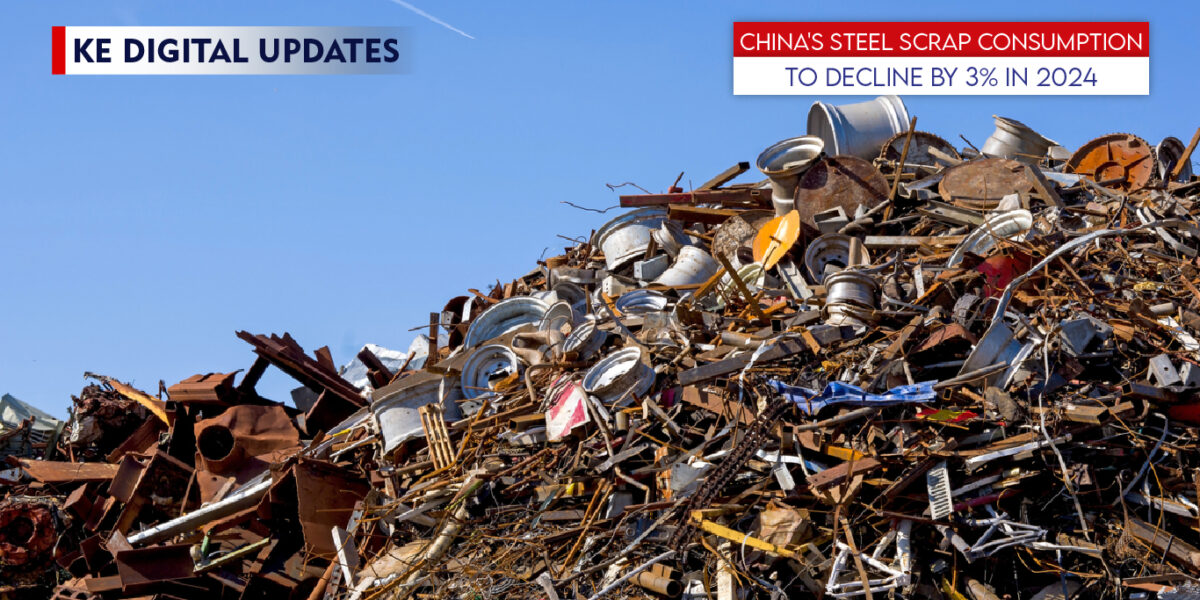Published on Nov 08, 2024
The outlook for China’s steel industry 2024 presents a mixed bag of challenges and cautious optimism. Analysts at the 2025 China Metal New Materials and Circular Economy conference have projected a 3% decrease in steel scrap consumption compared to 2023. This anticipated decline is part of a broader trend in the evolving dynamics of the global steel market.
Projected Usage of Raw Materials
In 2024, the total consumption of raw materials in China’s steel industry is expected to reach 236.42 million tons. Of this, 77.9 million tons will be utilized in electric arc furnaces (EAFs), known for their efficiency and lower carbon emissions compared to traditional methods. The remaining raw materials will be processed in blast furnaces (BFs), which continue to play a significant role in the industry despite the push towards greener technologies.
Price Volatility and Market Uncertainty
The prices for steel scrap are anticipated to remain volatile in the short term. Several factors, including fluctuating demand, changes in global trade policies, and economic conditions, influence this instability. Although price volatility poses a challenge, industry experts maintain a cautiously optimistic outlook for the sector’s overall performance in the coming year. This optimism stems from the resilience of the market and potential growth opportunities.
Export Trends and Production Figures
China’s steel exports are forecasted to drop to 90 and 100 million tons in 2025, a decrease from the 110 million tons predicted for 2024. Despite this projected decline, the export figures will still be among the highest on record. This high level of exports is a testament to China’s robust production capacity and ability to remain competitive globally.
In 2023, China’s steel industry witnessed remarkable growth, with exports of steel products increasing by 36.2% compared to the previous year, totaling 90.3 million tons. Steel production also saw a modest increase, reaching 1.019 billion tons, a 0.6% rise from 2022. These figures indicate a halt in the downward trend experienced over the past two years, suggesting a stabilization in the industry.
Challenges and Strategic Responses
Despite these positive indicators, the industry faces ongoing challenges, including overcapacity and weak domestic demand. To address these issues, Chinese steelmakers have been focusing on improving operational efficiency and exploring new markets. The government’s emphasis on environmental sustainability and the shift towards electric arc furnaces are also part of the broader strategy to modernize the industry and reduce its carbon footprint.
Conclusion
In summary, while China’s steel scrap consumption is expected to decline by 3% in 2024, the industry shows signs of resilience and potential for growth. The cautious optimism expressed by experts reflects a belief in the sector’s ability to navigate the complexities of the global market. By adapting to changing conditions and embracing innovative technologies, China’s steel industry is poised to maintain its significant role in the global economy.


